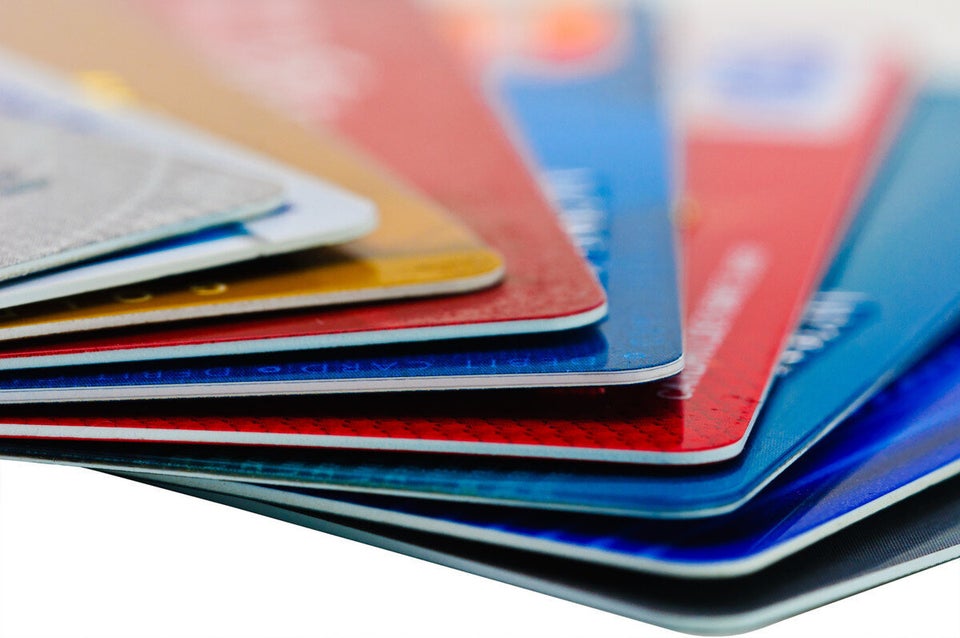Despite high consumer debt levels, fewer Canadians are filing bankruptcy. The number of personal bankruptcies and consumer proposals in Canada declined 0.5 per cent in 2014. In Ontario, consumer insolvencies fell seven per cent and are almost 40 per cent below the peak reached in 2009. Despite this improvement, our recent Joe Debtor study showed that struggling Canadians are turning to poor credit choices, and these choices are increasing their risk of filing insolvency.
Consumers who file insolvency are in severe financial distress, but surprisingly this does not mean they are behind on their payments. According to Equifax Canada, about 70 per cent of consumer accounts are paid as agreed at the time the individual files for bankruptcy, and this is definitely consistent with what we see every day.
Already owing more than they can repay, the typical pre-bankruptcy debtor will do anything they can to stay afloat and maintain access to revolving credit. They make smaller payments, usually just the minimum, on their credit card debt. As their balances grow, they turn to more credit to maintain those minimum payments, pay their mortgage or make their car payment. The end result is a form of debt drift. Debt piles on top of debt resulting in an average debt load for an insolvent debtor of almost $57,000 at the time of filing.
Use of Subprime Debt Increases
What is concerning is that more debtors are turning to subprime debt as a way of balancing payments. Our most recent study of insolvent debtors found an increase in the use of payday loans as well as a rise in the amount borrowed. The percentage of debtors with at least one payday loan increased to 18 per cent, up from 12 per cent two years earlier. For those using payday loans, the average total payday loan debt increased 12 per cent to $2,749. Payday loans are increasingly being used as an alternative when credit card debt is maxed out or unavailable.
And it's not just payday loans that distressed debtors are turning to. Quick cash instalment loans have increased five fold since our last study. Today five per cent of all insolvent debtors had taken out at least one high cost instalment loan with the total amount owing up 64 per cent to $3,608. Promoted as a quick and easy way to get cash to cover an emergency expense, these loans are payable over an extended period of time. While this sounds appealing, interest rates can be as high as 60 per cent in many cases, ultimately increasing the borrower's debt load and continuing the debt cycle.
Low Credit Auto Loans
Growth in auto loans has outpaced most other forms of consumer credit in recent years. Unfortunately, longer terms, higher loan-to-value ratios and loan rollovers are adding credit risk for many debtors. While our study showed only a modest increase in the percentage of debtors listing a secured versus unsecured vehicle, the average vehicle loan size increased 12 per cent over the past two years. In addition 46 per cent of all vehicles listed by insolvent debtors were encumbered, up from 43 per cent.
According to the Bank of Canada, borrowers with low credit scores now account for one-quarter of all new auto loans. As with payday loans and easy instalment loans, it is easy access to such high risk, low credit loans that increases the financial strain for at-risk debtors.
High Risk Means Higher Cost of Debt
Much of Joe Debtor's total unsecured debt arises to fund on-going debt payments. While low interest rates have allowed more Canadians to manage an increasing debt load, Joe Debtor's average cost of debt is significantly higher. Deep in debt, he is forced into choosing high cost credit options. He pays an average blended interest rate of 19 per cent on his almost $57,000 in debt and his interest costs alone consume 37 per cent of his take-home pay. Unable to keep up, Joe Debtor turns to options like payday loans. Consequently, the average payday borrower ends up paying 65 per cent of his pay in interest.
While any one payday loan, high cost instalment loan or low credit car loan will not necessarily lead to bankruptcy, it does begin a slippery slope and these loans are a primary indicator of an increasing percentage of insolvencies.
I meet with people every day who say that before they reached the breaking point, they felt that these loans would be their saving grace. In truth, they buy time, not a way out. If you are struggling with debt, talk to a professional about restructuring that debt, perhaps through a consumer proposal, or if absolutely necessary through bankruptcy. Piling debt on top of debt is only a temporary fix that increases your risk of insolvency.
ALSO ON HUFFPOST:
